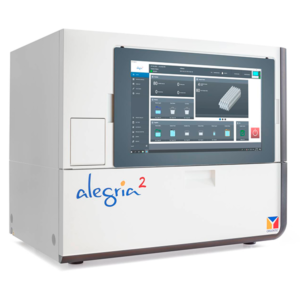Immunofluorescence
Indirect immunofluorescence (IIF) is one of the most widely used techniques in autoimmunity studies due to its easy handling and standardization. However, its reading and interpretation require extensive experience. The technique is based on the recognition of antibodies that recognize native cellular antigenic structures. The interaction is evidenced by an anti-human immunoglobulin antibody, produced in rabbit, goat or guinea pig, directed against the constant fractions (Fc) of the IgG, IgA and/or IgM immunoglobulins.
Currently, IIF is used in autoimmunity studies for the detection of anti-double-stranded DNA (dsDNA) or native DNA (nDNA) antibodies using Crithidia luciliae as a substrate. For the detection of antibodies that recognize nuclear antigens, human epithelial cell lines such as HEp-2 cells or HeLa cells are used as substrates. In the case of antibodies against components of primary and specific granules of polymorphonuclear cells or anti-neutrophil cytoplasmic antibodies (ANCA), neutrophils fixed with ethanol and formalin are used; and for antibodies that recognize organ-specific antigens, sections of specific tissues are used as substrates (e.g. thyroid, esophagus, stomach, adrenal glands, salivary glands, etc.).
Our representatives Scimedx Corporation and Immunoconcepts offer our clients a wide range of substrates and formats for performing autoimmunity diagnosis through immunofluorescence.
NAME
Immunofluorescence
CATALOG NO.
METHODOLOGY
FORMAT
DIMENSIONS
CLINICAL APPLICATION





